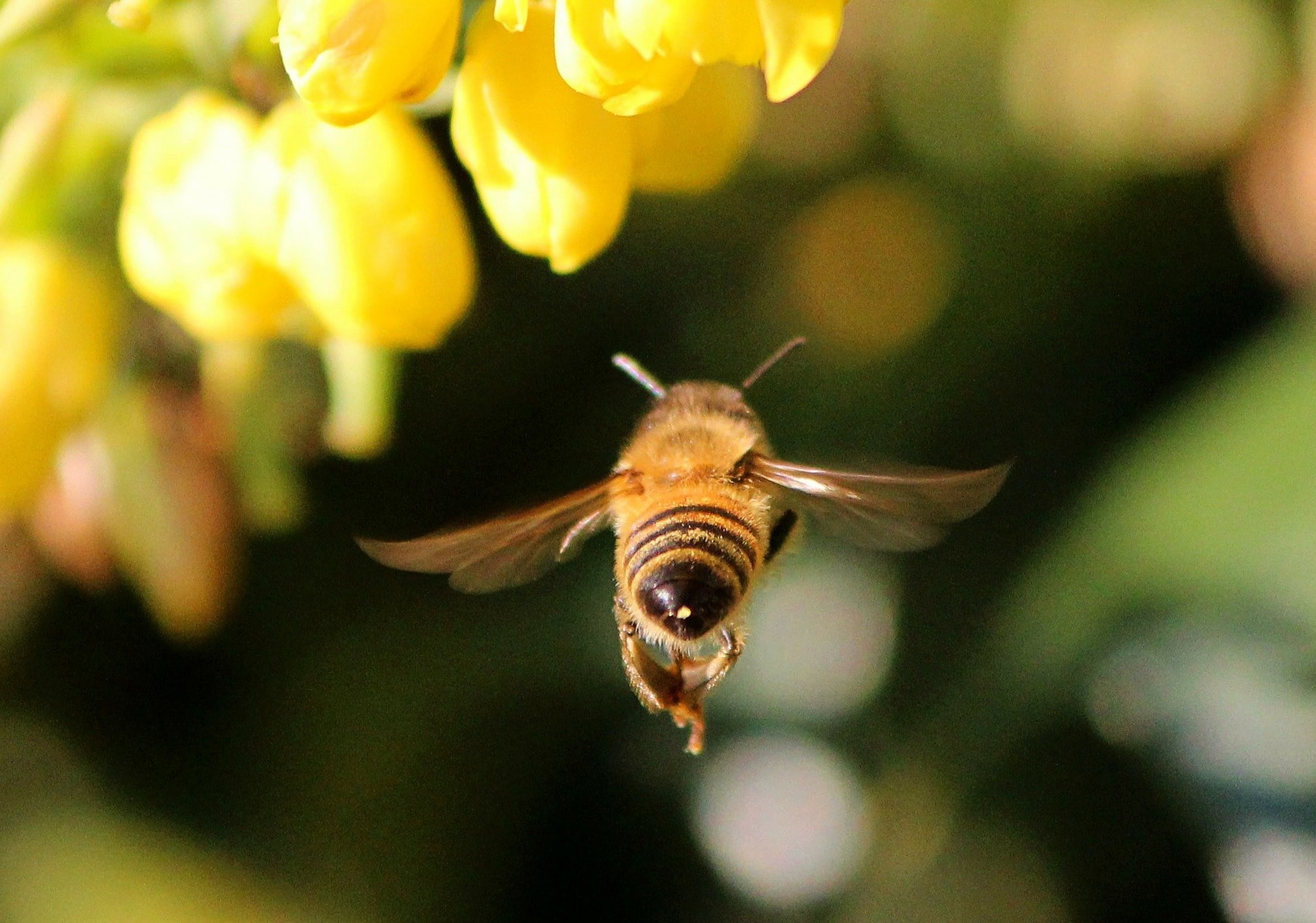
Are bees endangered? Help save our pollinators from extinction
The latest western bumblebee numbers are in, and the situation is urgent. Over the last 20 years, their numbers have plummeted 93%. Yikes! Are bumble bees endangered? Yes, more than a quarter of North American bumble bees are at risk of extinction.
Not long ago, the western bumble bee was one of the most common bee species in the U.S., ranging from New Mexico’s deserts to the Alaskan tundra. Today, this once-common pollinator is fighting for survival. And it’s not the only pollinator we could lose forever — 40 percent of invertebrate pollinators are at risk of extinction. But to answer the question “are bees endangered” becomes a tricky question to answer — we’ll explain further below.
We can and must save our pollinators from extinction. Rush a $50 donation to Friends of the Earth and help save bees from toxic pesticides.
Are bees an endangered species?
Bees are a vital part of our ecosystems. They pollinate one in three bites of food that we eat. Many wild bee species face extinction, but the question of ‘are bees an endangered species’ is more complicated. We know that due to factors including overuse of toxic pesticides, many bee species are getting closer to extinction and sadly, around the globe one in six bee species is considered regionally extinct. But there thousands of bee species, so we cannot say “bees” as a whole are endangered.
Which bees are endangered?
Many people may be wondering — are honey bees endangered too? What about yellow-faced bees? These commonly known bees are vital to our ecosystems, but just the tip of the species iceberg.
First, it’s important to look at the total number of known bee species. There are more than 20,000 known bee species globally, with 4,000 of them being native to the United States. 40 percent of insect pollinators, including many bees, are hurtling toward extinction. Nearly a quarter of native bee species in the U.S. are in decline. That’s a lot of bee species at risk.
Common bee species that are endangered
- Are honey bees endangered? Honey bees are managed by beekeepers and are not currently at risk of going extinct. However, beekeepers have experienced massive losses of their colonies every year due to factors including massive use of bee-toxic pesticides, disease and the climate crisis, which puts our food system at risk.
- Are bumble bees endangered? Yes, the rusty patched bumble bee and the Franklin’s bumble bees are listed as an endangered species under the Endangered Species Act.
- Are yellow-faced bees endangered? Yes, seven species of Hawaiian yellow-faced bees are listed as endangered under the Endangered Species Act.
Why are bees endangered?
There are several key drivers of pollinator declines, including industrial agriculture, the climate crisis, disease and habitat loss. A strong body of science points to massive use of toxic pesticides, like Bayer-Monsanto’s bee-killing neonicotinoids and its weed-killer glyphosate, the active ingredient in Roundup®, as a key driver of the decimation of pollinators. Bees and other pollinators are “canaries in the coal mine” warning us that toxic, pesticide-intensive agriculture is driving us toward ecological disaster. The pesticide industry is pushing many of our wild bees closer to extinction!
How to save bees and other pollinators
The latest U.S. Geological Survey findings about the western bumble bee’s decline show that the situation is more dire than ever. The decline in pollinators, alongside a deliberate rollback of environmental protections aimed to benefit Big Ag, is setting us up for food security problems and ecosystem collapse on a scale we’ve never seen.
The good news? The solutions are right in front of us. Decades of research have found that ecological agriculture can feed us all as we protect our pollinators and planet. That’s why we are fighting for a future where organic food produced without toxic pesticides is the norm for everyone.
Support our work to rapidly shift to organic, ecologically regenerative agriculture that protects people and pollinators from toxic pesticides. Donate $50 to Friends of the Earth today.
Friends of the Earth is at the forefront of a people-driven, strategic, multi-pronged campaign to shift away from toxic pesticides. We’ve passed pesticide bans in states across the country, we’ve successfully pressured the garden industry to move away from pollinator-toxic neonic pesticides, and we have a roadmap to continue to shift the market and pass crucial new legislation and vital protections this year and beyond.
But we’re up against powerful opponents in the pesticide industry. As pesticide giants like Bayer-Monsanto merge, they have doubled down on efforts to fight new bee-saving regulations.
Scientists are warning that if we don’t take action soon to protect our pollinators and shift away from toxic pesticides, we could face ecological collapse. It is our duty to act before it’s too late — and in taking action, we can build a world that’s better for farmers and farmworkers, better for pollinators, and better for all of us.
Related Posts
Ways to Support Our Work

Read Latest News
Stay informed and inspired. Read our latest press releases to see how we’re making a difference for the planet.

See Our Impact
See the real wins your support made possible. Read about the campaign wins we’ve fought for and won together.

Donate Today
Help power change. It takes support from environmental champions like you to build a more healthy and just world.